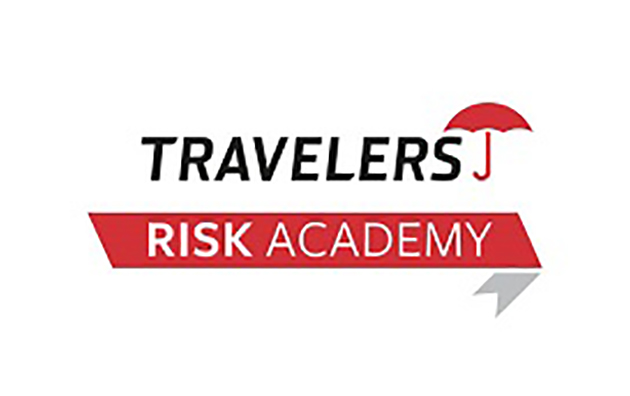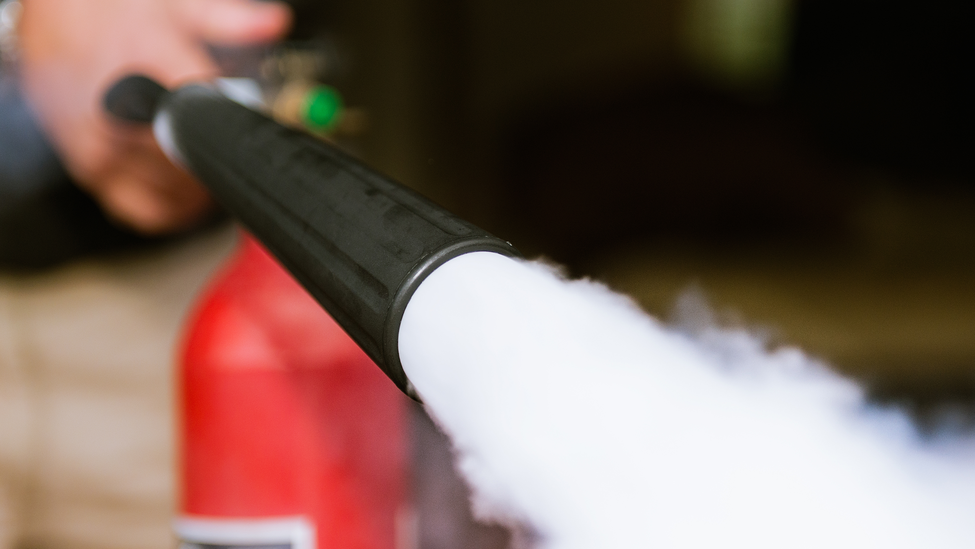Using Contractors


Many businesses appoint contractors to help with key functions at certain points or for specific projects. We’ve compiled the following guidance on best practices when managing contractors.
If you have a contractor working for you, then both you and the contractor will have duties under health and safety law, which will also apply if a contractor employs subcontractors. Contractors are subject to even greater hazards and risks than staff because they are often new to your business and working in specific or unusual circumstances.
Planning
- Define the job, identify hazards, assess, eliminate and reduce risks, specify health and safety conditions and discuss everything with the contractor.
- Plan and risk assess the job involving those affected, including employees, visitors and anyone else who may be impacted.
- Schedule ‘pre-work meetings’ to ensure the proper planning and control of work.
Selection process
Some aspects to consider when selecting contractors:
- Does the organisation have a current policy and an underpinning set of procedures that comply with relevant legislation and published guidance? Seek documentary evidence e.g. evidence of policy and procedures
- Does the organisation have appropriately qualified, competent and formally appointed people with clear descriptions of their role and responsibility which are well understood?
- What does the contractor’s safety record look like, including any action taken against them by an enforcing authority e.g. HSE
- What do their risk assessments look like – are they relevant, are they ‘suitable and sufficient’?
- Does the organisation have an up to date training and development plan in place covering all relevant roles and responsibilities of staff, that meets all safety, technical and quality requirements
- Does the organisation have resilience, emergency, business continuity and escalation plans which have been formulated and tested with appropriately trained staff?
- Do they have arrangements for the provision and maintenance and inspection of tools and equipment?
- Do they hold in-date accreditations / licences?
- Are they subcontracting any work and if so, are there robust controls in place?
When employed
Whilst working on site
Make sure all contractors sign in and out, identify a site point of contact who can reinforce health and safety information and site rules.
Keeping a check
Identify the degree of contact with contractors. Check the work is going as planned and that the contractor is working safely and as agreed. Check for any incidents, changes in personnel and if any special arrangements are required. Consider alternatives to site-based visits e.g. using alternative technology.
Reviewing the work
Consider and assess the contractor’s performance. Formally review and action any findings and record lessons learned.
Insurance
Prior to appointment of any contractor make sure you’ve considered insurance including:
- Do they have insurance and does it cover the duration of the proposed works?
- Does it cover the appropriate lines of business and is the limit of indemnity sufficient
- Are there exclusions or other limitations within the policy?
If in any doubt, speak to your insurance broker.
Further reading
Further information for employers can be found here:



